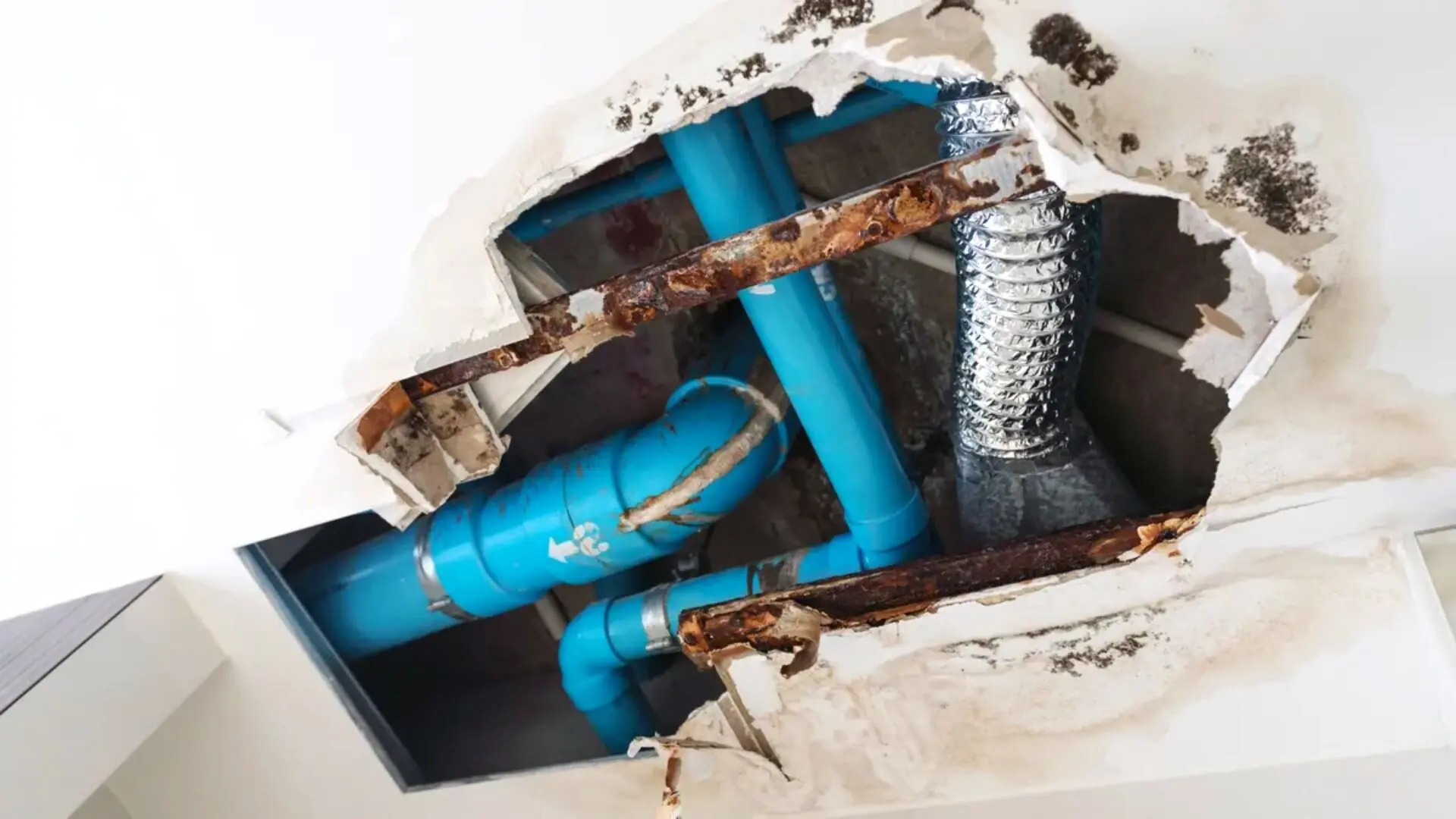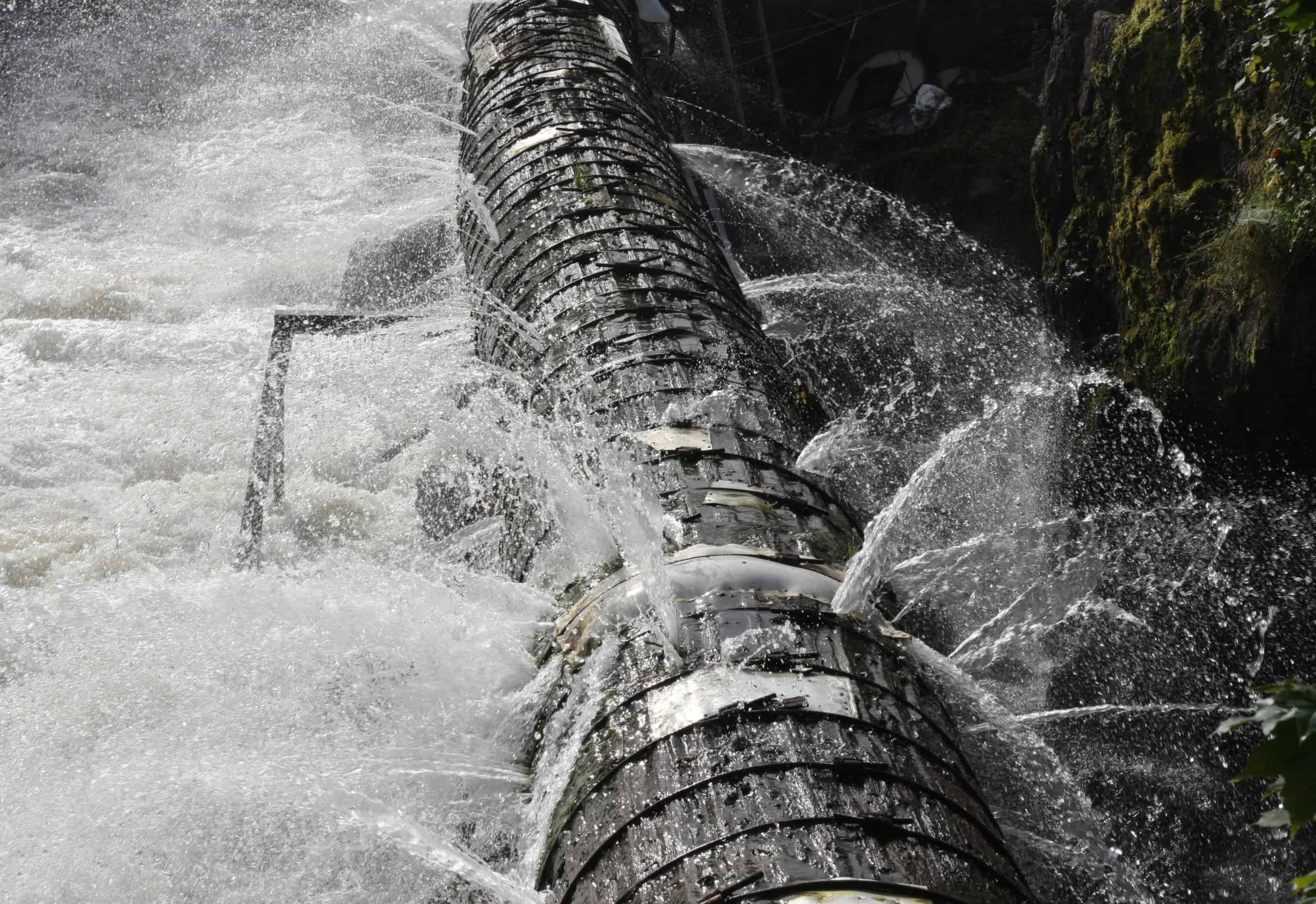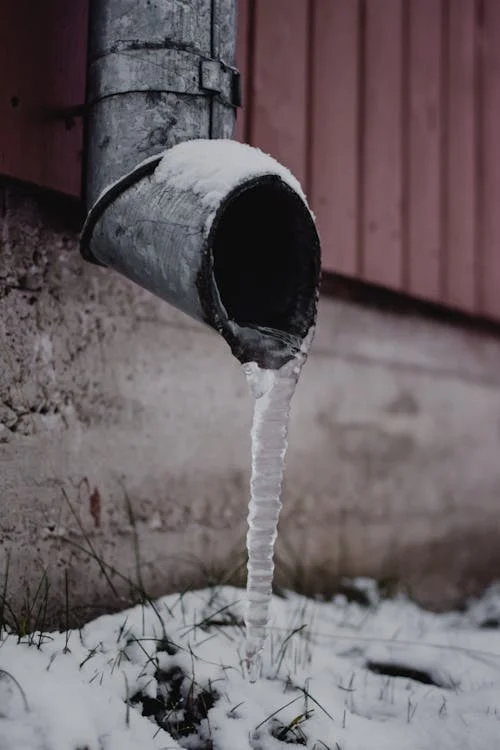How to Fix a Burst Pipe Yourself: A Step-by-Step Guide for Homeowners
How to Fix a Burst Pipe Yourself: A Step-by-Step Guide for Homeowners
Blog Article
What to Do When a Pipe Bursts: Immediate Steps for Home Owners
A pipeline burst can be a homeowner's worst nightmare, resulting in substantial damage if not addressed immediately. The immediate action is critical: initially, locate the source of the leak and closed off the main water valve to protect against further flooding. Following this, draining the pipes comes to be crucial to mitigate added issues.

Assess the Circumstance
When a pipe ruptureds, the very first action is to analyze the situation quickly. This initial assessment is important in determining the degree of the damages and the possible dangers entailed - burst pipe. Begin by recognizing the source of the leak; this may entail evaluating the area around the burst pipe for noticeable indications of water retreat. If the burst occurred in a hidden room, such as within a wall surface or under a floor, try to find water spots or merging that might show the location.
Following, review the surrounding setting for risks. Look for electric cables that might be subjected to water, as this poses a significant danger of electrocution. Furthermore, bear in mind of any beneficial items or furnishings that may be at risk of water damage. Comprehending the range of the situation will certainly help you prioritize your following actions efficiently.
Recording the damage via pictures can also be useful, specifically for insurance claims. Time is important, as standing water can lead to mold development and more structural damages. By completely examining the circumstance, you will be much better prepared to take the necessary actions to alleviate further issues arising from the ruptured pipeline.
Shut Off the Water
The immediate concern after identifying a ruptured pipeline is to close off the supply of water to stop further flooding and damages. Situate the major shut-off valve, generally discovered near the water meter, in the cellar, or on an outside wall. Transforming this valve clockwise will certainly stop the circulation of water throughout your home, minimizing the danger of substantial water damages.
If you are unable to find the major shut-off valve or if it is malfunctioning, you might need to shut down private valves attached to the influenced pipe, if accessible. Some homes likewise have additional shutoffs for particular devices, such as washing devices or dish washers.
It's suggested to familiarize yourself with the area of these valves before an emergency situation takes place, as this knowledge can save useful time throughout a dilemma. On the occasion that the primary shutoff is stuck or hard to turn, do not force it; rather, take into consideration seeking professional aid.
As soon as the water supply is shut off, take a minute to examine the scenario additionally while planning for the next actions, making sure that your home is as safe and secure as feasible from additional water intrusion.
Drain Pipes the Pipelines
After shutting down the water system, it is necessary to drain the pipelines to reduce any kind of remaining water you could try these out that could lead to additional damage. Begin by opening up all taps in the home, beginning with the highest possible degree to the cheapest. This process motivates the water to spurt totally, enabling gravity to aid in removing recurring water from the pipelines.

Beware when draining pipes warm water, as it can cause burns. Allow the water to leave until the circulation ceases. If you observe any continuing to be water pooling, make use of towels or a wet vacuum to soak it up. Effectively draining the pipes is essential to avoid additional problems and aids safeguard useful link your home from added water damages during this difficult circumstance.
Contact an Expert
Following a ruptured pipeline, calling a professional plumber is essential to make sure a comprehensive assessment and reliable fixings. Trying to manage the scenario without expert aid can lead to further damages and problems. A licensed plumbing technician possesses the competence and specialized tools necessary to recognize the source of the leakage and address it efficiently.
When choosing a plumbing, focus on those with a strong track record and pertinent experience in emergency plumbing solutions. Checking on-line reviews, getting referrals, and confirming credentials can aid you make an informed selection. It is recommended to get in touch with multiple professionals to contrast response times, estimated expenses, and service offerings.
Once you have actually engaged a plumbing professional, give them with as much info as possible concerning the incident, including the location of the burst pipeline and the actions you have currently taken. This details will assist them in detecting the problem promptly and properly.
File the Damage
As soon as a plumbing technician has been called and the instant worries resolved, it is very important to document the damages triggered by the ruptured pipe. This step is crucial for both insurance coverage claims and potential repair work. Begin by taking clear pictures of the affected locations, concentrating on noticeable damage to walls, floor covering, and home furnishings. Make certain that pictures catch various angles and distances to supply an extensive view of the circumstance.
Following, assemble a breakdown of harmed things, including their approximate worth and any kind check my site of relevant acquisition info. This supply must incorporate long-term components, individual possessions, and any type of architectural damages observed. Preferably, consist of the estimated price of repairs based upon specialist evaluations or previous quotes for similar work.
In addition to written and aesthetic documentation, maintain records of any type of interactions with your plumbing technician and insurance policy carrier. By taking these steps, you will certainly be better prepared to browse the after-effects of the incident.

Verdict
Immediate assessment of the circumstance, followed by shutting off the main water supply, is crucial. Draining the pipelines and documenting the damage guarantees correct handling of the case for insurance policy objectives.
The immediate priority after determining a burst pipe is to shut off the water supply to prevent additional flooding and damages. Transforming this shutoff clockwise will stop the flow of water throughout your home, reducing the danger of considerable water damages.
After closing off the water supply, it is vital to drain pipes the pipelines to decrease any remaining water that could lead to additional damage. For homes with a warm water heating unit, you need to also drain pipes the tank by attaching a hose pipe to the drainpipe valve and directing the water into a suitable container or outside.
Appropriately draining pipes the pipelines is vital to protecting against more difficulties and helps secure your home from additional water damage throughout this demanding situation.
Report this page